Clematis did not wake up after winter: for what reasons and what to do?

Clematis is a climbing perennial plant in the Buttercup family. Clematis has become widespread due to its large, beautiful flowers with a pleasant sweetish aroma. Today, there are many varieties of this plant: from small-flowered clematis straight to the Andromeda variety with large bright flowers. It is known that clematis is a whimsical plant, it requires careful care.
Therefore, their owners often have difficulties. One of the most common problems is that clematis did not wake up after winter. Questions arise as to what to do and how to revive your favorite plant.

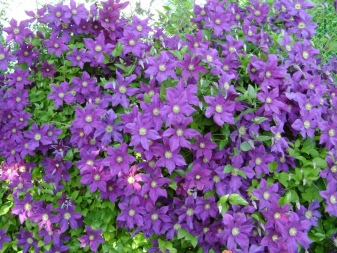
Causes
Sometimes it is not at all worth worrying about the fact that clematis did not sprout in the spring. Experienced gardeners say that this is the normal state of this plant, clematis can "sit in the ground" even for a year.
But you still need to play it safe, because, perhaps, there are some serious reasons for prolonged sleep. Therefore, it is important to find out the true reason why it is not possible to wake up the plant so that it does not die. Most often, it can suffer due to landing errors. However, there are other possible factors as well.
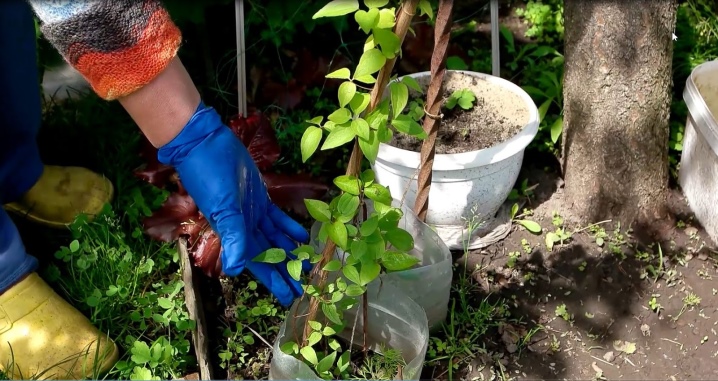
Improper care
Improper plant care may well cause delayed awakening, after all, if clematis does not accumulate enough strength during the year, then he will not be able to wake up in time, and may even die.
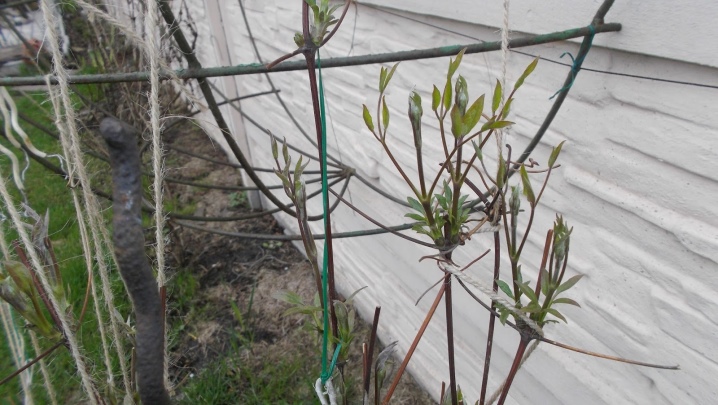
Clematis requires proper care, it includes proper watering and pruning, as well as feeding and fertilizing.
- Watering. Clematis needs abundant watering, but at the same time does not tolerate waterlogging. Being in waterlogged soil for a long time, it can disappear. Water it every 5-10 days until the ground becomes slightly damp. You can also do drip irrigation.

- Pruning... In order for clematis to form and regenerate correctly, you need to cut off weak and dried (yellowed) shoots, as well as several large secondary stems in order to stimulate the growth of other shoots. In addition, this plant must be pruned for the winter, leaving stems up to 40 cm in height (pruning rules differ for some varieties).
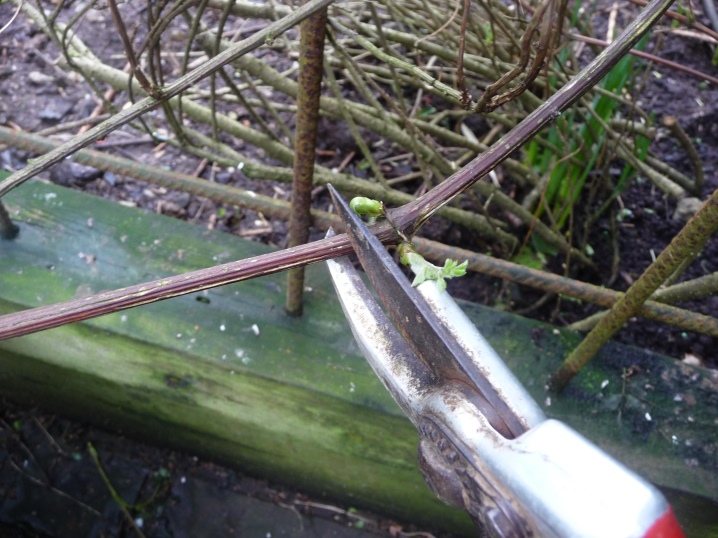
- Fertilizer. Very often the land turns out to be depleted, therefore it is important to carry out regular fertilizing with mineral fertilizers, humus, horse manure, chicken dung, ash, nitrogen and special fertilizers for this plant, as well as mulching.
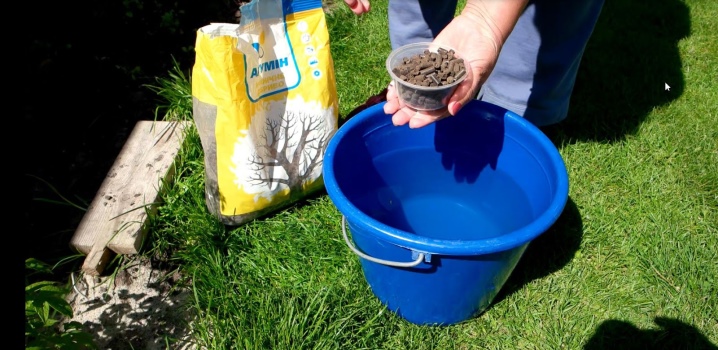
Pests
If you do not carry out timely processing of the plant, then parasites can start that can destroy clematis. For example, mealy worm, aphid, bear, scale insect, slugs (snails), spider mite. Even a mole can do harm. Leaves and stems are most often affected, but if the root is damaged, it will be more difficult to revive the plant.
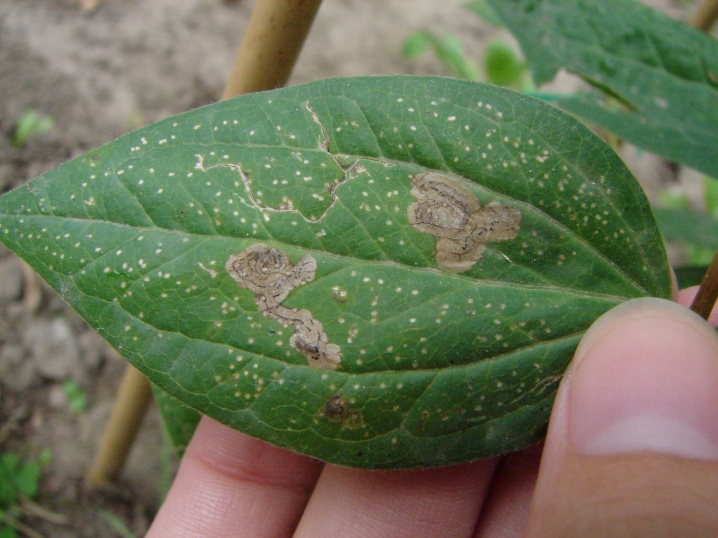
Diseases
Diseases of clematis are no less dangerous than parasites. But to cure a plant is much more difficult. Gray mold, rust, necrosis, septoria or wilt are diseases that can cause serious harm. That's why do not ignore them: if you do not start treatment on time, you will have to completely destroy the plant so that the disease does not spread.
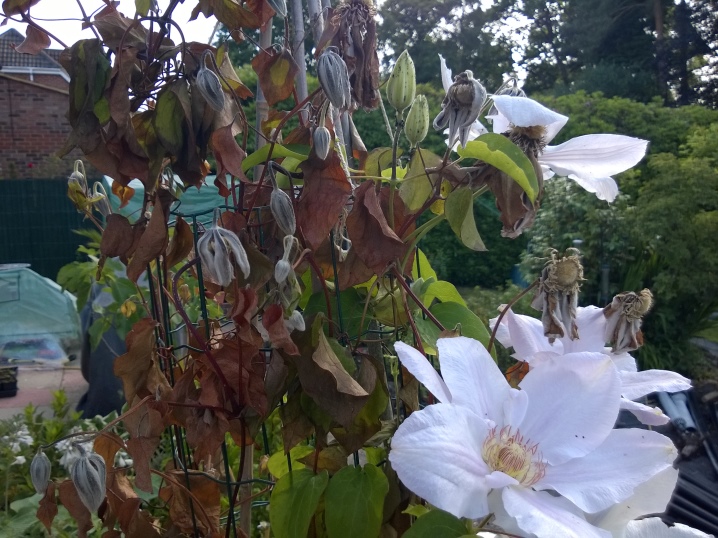
Bad hiding place
In order for clematis to survive the winter safely and wake up on time, you need the right shelter for the plant: it does not tolerate temperatures less than -15 ° C. You need to insulate the roots, since the leaves and flowers are frost-resistant. First, you need to treat the root collar from parasites and sprinkle it with sand and peat.The shelter itself can be made of spruce branches, polyethylene or roofing (hard waterproof cardboard).
It is also important to know how to properly release clematis from the shelter. This should be done gradually, starting at the end of April, so that the plant does not suffer from frost.
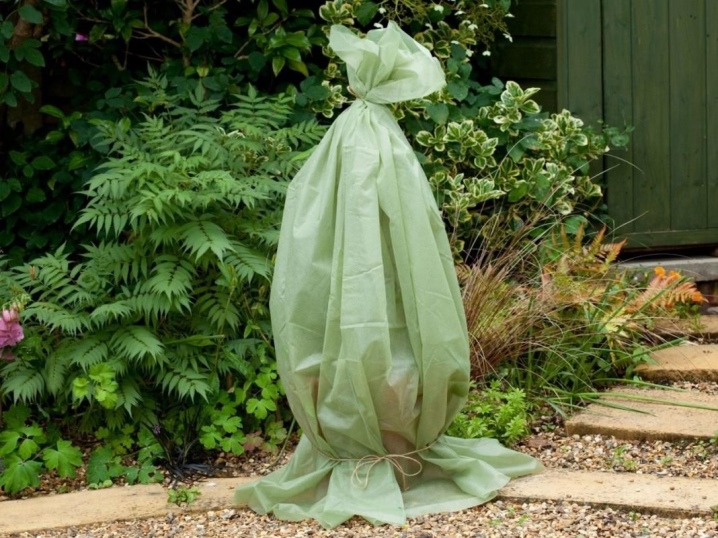
Inappropriate place
Clematis is a light-loving plant, therefore, you need to squeeze it from the south side of the house, where the sun shines most of the day. A plant that lacks light will be weak, and of course it will be late to wake up. Besides, you cannot plant a plant under the very house, as the roots will rot due to excess moisture. Clematis should not be exposed to strong winds, otherwise it will simply break (for protection, hedges, trellises, along which the plant will curl) should be used.
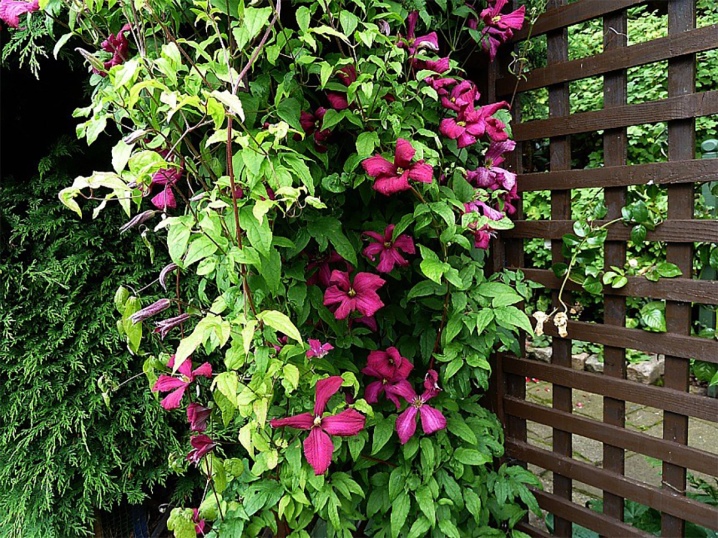
Bad ground
The ideal soil for clematis is loam, loose and moderately moist soil. However, such soil is rare, therefore, the earthen mixture must be made independently before planting. Would need:
- peat;
- humus;
- sand;
- mineral fertilizers;
- ash;
- limestone.
If the soil is waterlogged, then you need to take care of drainage in the form of stones, broken brick, expanded clay.

What to do?
Having found out the reason why clematis does not grow in spring, you need to eliminate it as soon as possible. If in doubt, it is better to follow some rules.
- Take care of the plant as before. Regular watering and feeding should not be canceled, even if flowers and leaves have died. After all, the roots of clematis are very tenacious, only underground parasites and waterlogged soil can destroy them.
- Fertilize. To restore and awaken the plant, feed it with various fertilizers: horse manure, nitrogen fertilizers, special complexes containing potassium, phosphorus and calcium, mineral fertilizers, humus. And you also need to mulch the soil.
- Treat from diseases and parasites... Even if you have not noticed that the plant is sick, it is necessary to carry out prevention. Spray with Bordeaux mixture or copper sulfate, foundation.
- Do not touch the plant. If you doubt that clematis is alive, you should still not interfere with its root system: transplant or loosen. It is better to leave the plant alone, and, perhaps, it will wake up (there were cases when clematis did not germinate until 3 years). And also you do not need to plant another plant in its place, as it may also die.
- Cover. To preserve the roots, it is imperative to make a shelter, even if clematis did not rise in the spring.
Don't be discouraged if clematis doesn't emerge in the spring, provide the plant with proper care and be patient. And then this wonderful plant will delight you with its beauty.
What to do if clematis does not bloom well? You will find out the answer further.







































































































The comment was sent successfully.